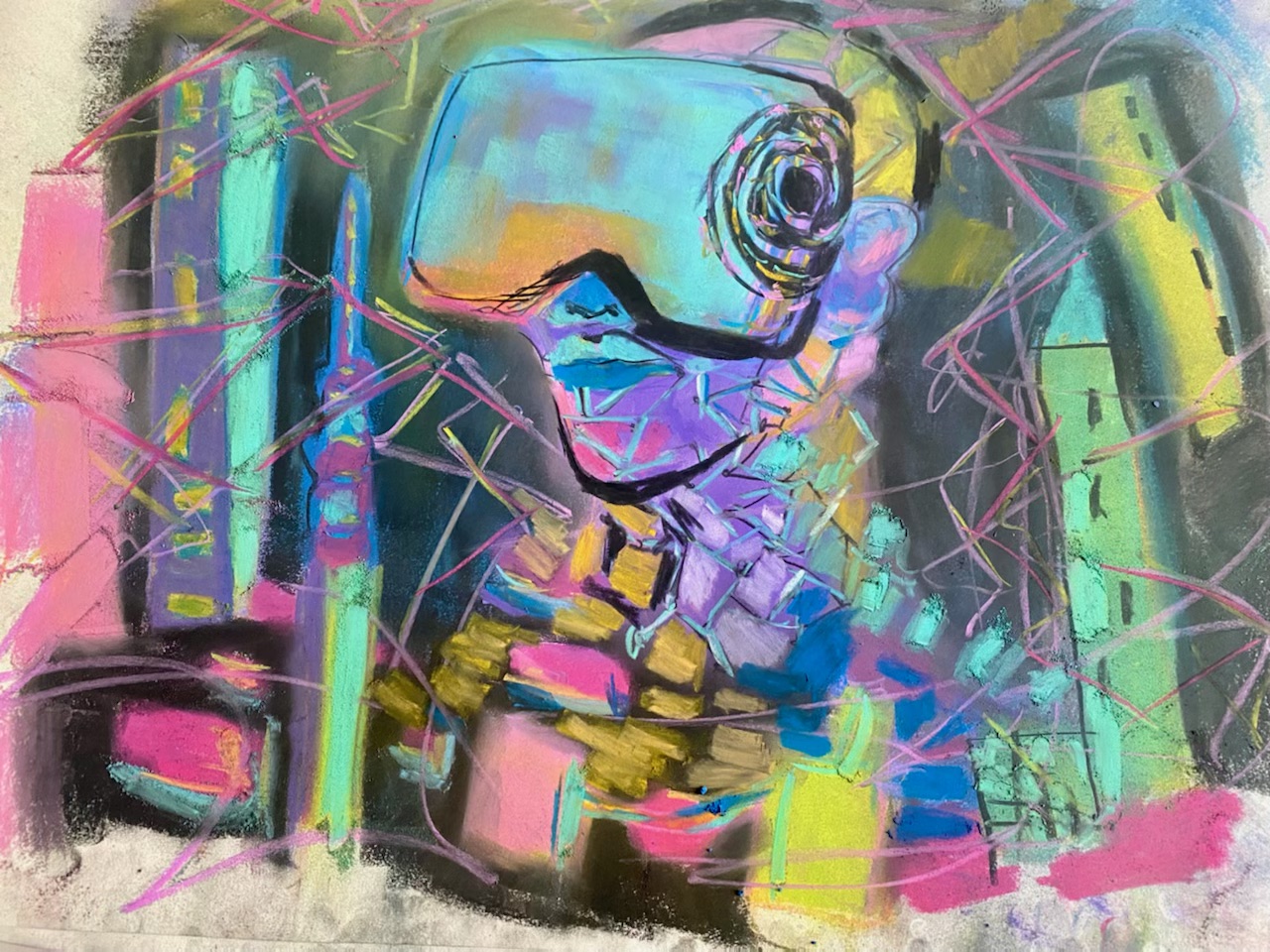The Metaverse takes online education one step further by having participants immerse themselves inside the internet to absorb information and content, instead of looking at it through a screen.
This projection is an overlap between the physical world and these new interactive, imaginary and three-dimensional worlds.
Entering the metaverse is similar to going on the internet, users make the conscious choice of logging in. However, the metaverse is more interactive since it places users at the center of these universes through the use of virtual and augmented reality headsets.
There are a plethora of possibilities for which the Metaverse can be used. However, people are wondering how these virtual worlds will be used for educational purposes.
Kennesaw State’s Interactive Research Methods Lab (IRML) is a new program in the Bagwell College of Education that is meant to challenge the traditional methods of teaching and learning on campus. It also provides both a physical and virtual space to help students develop well-informed research designs.
According to the IRML home page, “The lab offers an interactive nine-step itinerary enriched with augmented reality multimedia contents for students and faculty to learn qualitative, quantitative and mixed methods research.”
To use the lab in an augmented manner, members are instructed to download the app Meta-Verse-Augmented Reality and scan the code to then navigate through the experience which details the nine steps of creating a research design.
Previously in 2016, KSU was introduced to immersive journalism, a concept that allows the first-person experience of situations or events in the news.
The Juvenile Justice Information Exchange Virtual World team showed KSU faculty and students a presentation on immersive journalism.
“Immersive journalism uses traditional journalism principles in the virtual world to tell real stories,” research member Claire Bohrer said.
One of the first to explore immersive journalism is American journalist Nonny De La Peña. She describes this new format of storytelling to be the “ultimate empathy machine” since it allows users to feel more connected to others.
One of the downsides of remote, online learning is that many students felt disconnected from their peers and instructor. Others had a hard time following along due to the lack of direct instruction and guidance.
There is no doubt that the Metaverse will be used as another approach for social connection. In the education realm, this sense of togetherness is what makes learning effective through feedback and interaction.
The term “metaverse” was first coined in 1992 by American writer Neal Stephenson in his book Snow Crash, where he explored the idea of a new version of the internet.
Today, the metaverse is misunderstood to be synonymous with the concept of Web 3.0. Although both take a look at what the future of the internet will be, Web3 is more concerned with ownership, while metaverse focuses on how users will experience the internet.

